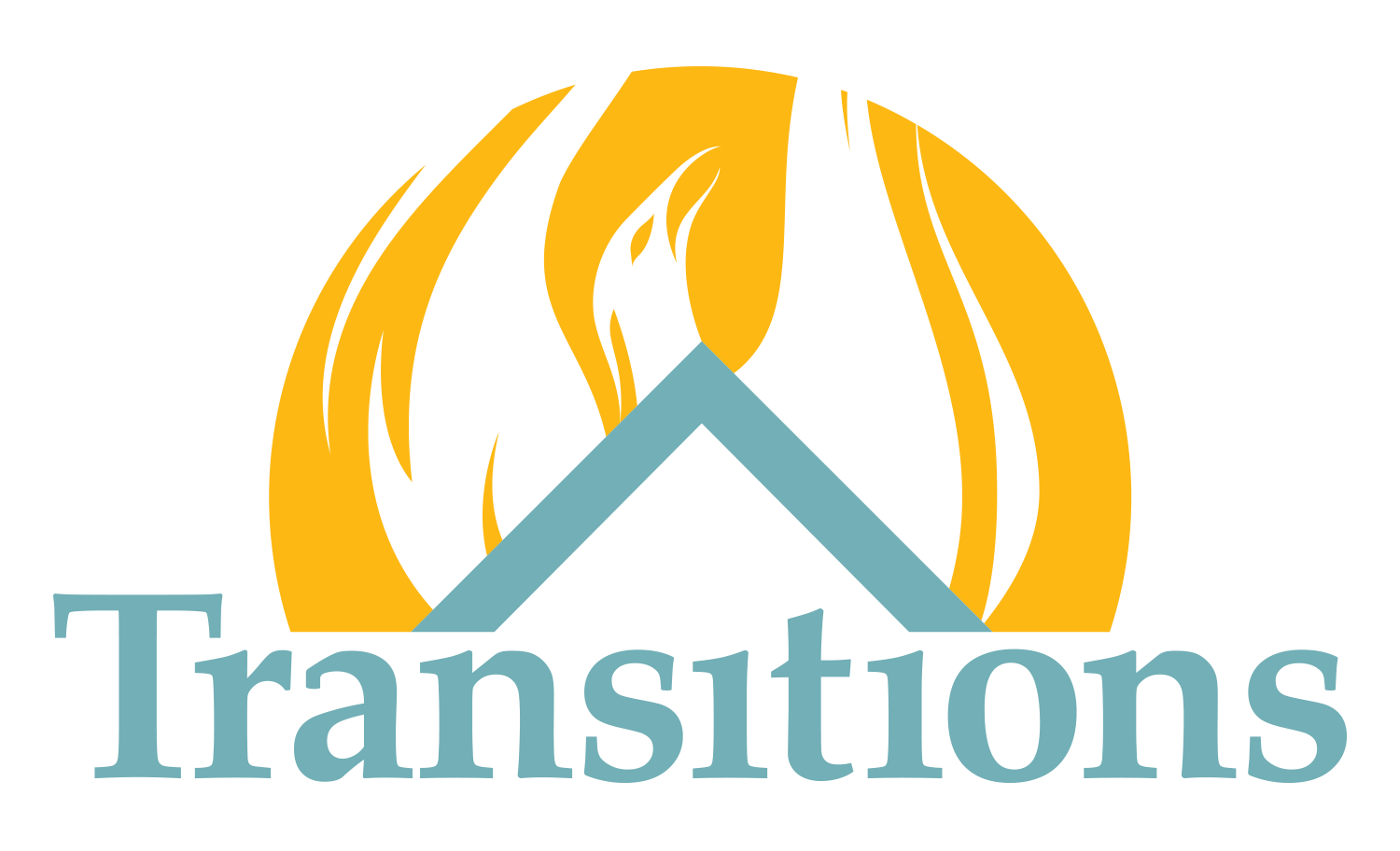The Importance of Person-Centered Planning
It’s important to our team here at Transitions to continue to be a voice of education + transparency when it comes to the disease of addiction. We hope that by sharing more information and creating space for discussion, we can help continue to break the stigma of this disease. One topic that isn’t talked about often is the actual treatment process and what this entails for patients coming through our programs, so today we want to dive into that a bit more.
What is person-centered planning?
Individuals with substance abuse disorders or the disease of addiction can be impacted in many different ways – therefore our treatment should be catered to each person, as well. Here at Transitions, we start with an in-depth assessment process to determine the initial Level of Care for that individual. Once a person is admitted into the appropriate level of care, the treatment plan identifies the specific goals, objectives, and interventions that will be used for each client that focuses on their individual strengths, needs, abilities, and preferences.
We focus on this person-centered planning approach to give our patients the best possible recovery outcomes. The National Institute on Drug Abuse says that “effective treatment attends to multiple needs of the individual, not just his or her drug abuse” and we believe that to be wholeheartedly true. We know that there is not a one-size-fits-all approach to treatment and that our programming must continually be revisited in order to fit the needs of the person, not just the addiction.
What is a treatment plan?
Once a person is admitted into the appropriate level of care, the treatment plan identifies the specific goals, objectives, and interventions that will be used for each client that focuses on their individual strengths, needs, abilities, and preferences. The treatment plan is completed after a thorough bio-pyscho-social assessment where a clinician gets to know the patient in-depth to understand how their disease is impacting every aspect of their life – their physical health, mental health, environment, relationships, family dynamics, decision making, employment, and spirituality.
One of the most important things we believe here at Transitions is that person-centered planning includes the client in all aspects of the creation, monitoring, and modification of the treatment plan. It’s also important that the plan is time-specific and measurable – ensuring that the client fully understands all of the interventions and therapies that will be used to treat their disease.
How does the patient lead their treatment plan?
As we expressed above, it’s extremely important to our team that our patients are an active and leading participant in their treatment plan. This is why we involve them in every step of the process and also why we believe in continually revisiting the plan together to ensure it’s still aligning to their needs. Within any of our treatment plans, we include a clear distinction on what components of the plan are the responsibility of the patient in order to achieve their identified goals.
Person-centered planning asks the client to be the lead in the process, incorporating what the person wants to work on both during + after treatment. Our team is here to provide support, evidence-based treatment methods, and guidance but ultimately we believe the patient is “driving the bus” of their treatment and working towards their goals.
Why is person-centered planning so important?
Just like with any other chronic, progressive disease, each presentation of the disease can look differently. Because of this, it’s important to understand the specific presentation of the disease, the specific symptoms associated with the person you’re treating, and ultimately identifying a plan that addresses both of these things. At Transitions, we practice person-centered planning because we recognize the importance of tailoring our interventions to each person and their unique needs.
It’s also important to remember that as a human, our needs are always changing, so our treatment plan must evolve with those changes. Person-centered planning is regularly modified, changed and updated based on the changing needs of a person. Ultimately, the success of any treatment is measured by completion of the goals outlined in the treatment plan, so it’s important that the patient has been actively involved in every step of the plan.
Recovery is always our primary goal here at Transitions and we believe that person-centered planning is the best methodology to achieve that. Every individual and their journey is unique, so their treatment plans should reflect that. We are proud that from intake to recovery, our team is able to come alongside our clients to provide individualized and empowering care through our person-centered planning.

